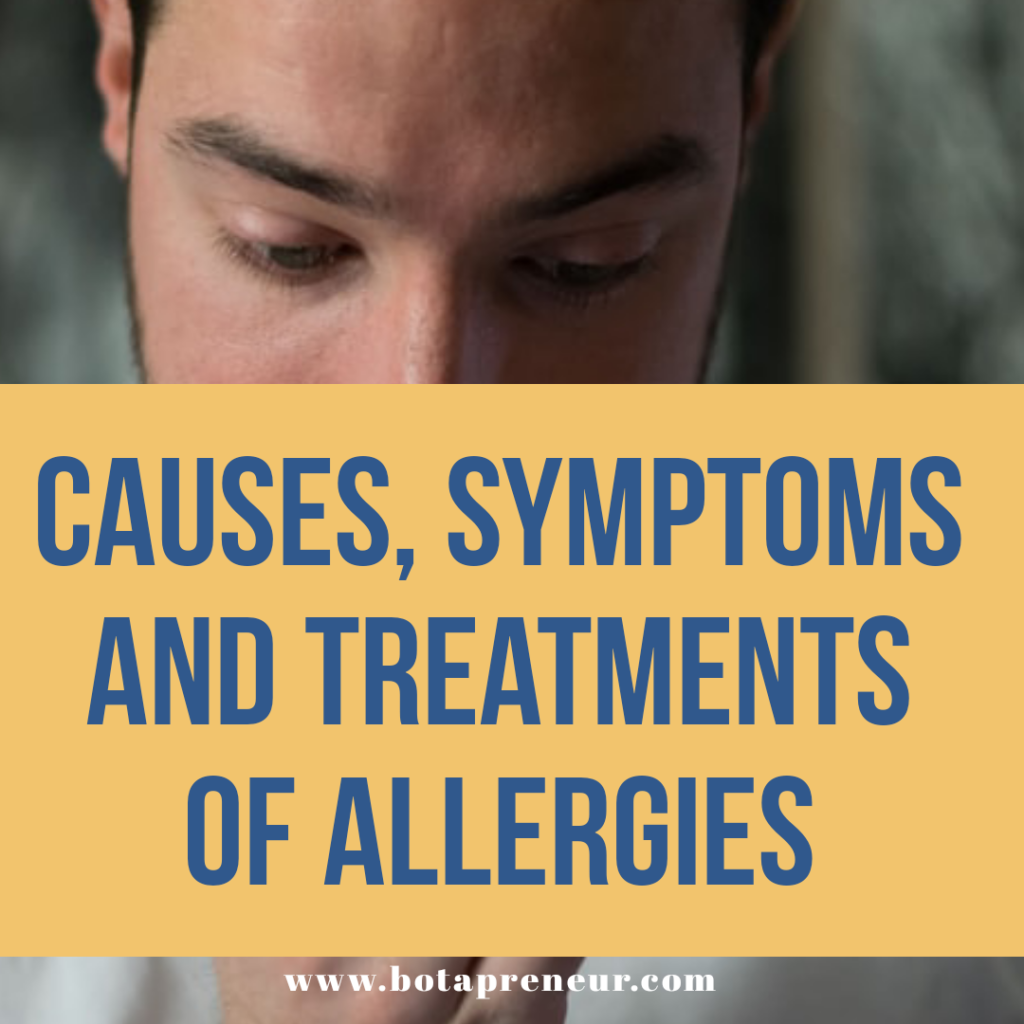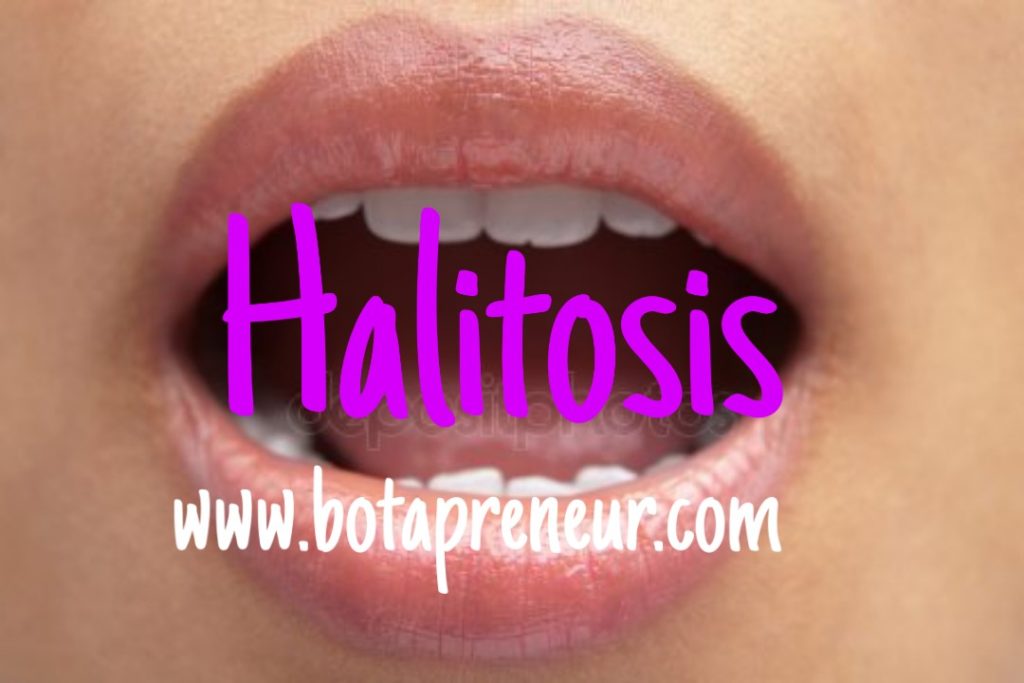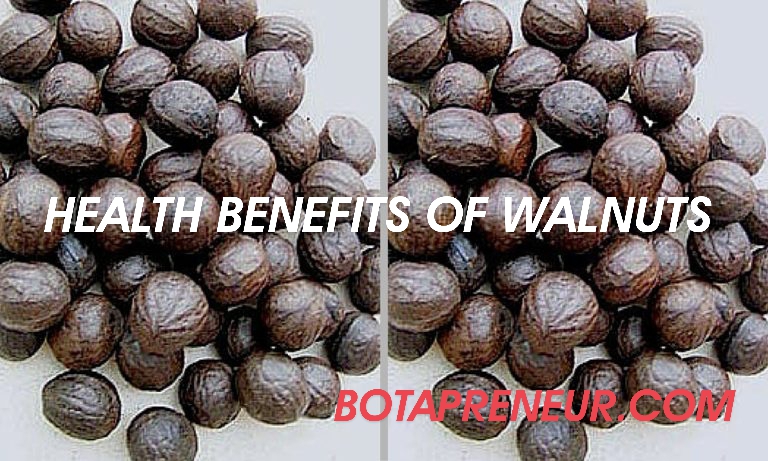Diarrhoea is almost like an everyday problem. Does it have any tragic effect among the population? What can be done about it? There are some basic facts you need to know about Diarrhoea: 1) Diarrhoea is the second leading cause of death in children under five years old. 2) It is both preventable and treatable. 3) Each year diarrhoea kills around 525 000 children under five. 4) Globally, there are nearly 1.7 billion cases of childhood diarrhoeal disease every year. 5) Diarrhoea is a leading cause of malnutrition in children under five years old. What is Diarrhoea? Diarrhoea is defined as the passage of three or more loose or liquid stools per day (or more frequent passage than is normal for the individual). Frequent passing of formed stools is not diarrhoea, nor is the passing of loose, “pasty” stools by breastfed babies. Types of Diarrhoea There are three clinical types of diarrhoea: 1) Acute watery diarrhoea – lasts several hours or days, and includes cholera 2) Acute bloody diarrhoea – also called dysentery 3) Persistent diarrhoea – lasts 14 days or longer. Note: The difference between Cholera and Dysentery is that diarrhoea is said to be cholera when there is passage of watery stool while it is dysentery when there is mucous stain or blood in the stool. Causes of Diarrhoea 1) Diarrhoea is a symptom of infections caused by a host of bacterial, viral and parasitic organisms, most of which are spread by faeces-contaminated water. 2) Malnutrition: A malnourished child or adult has low immunity and any opportunistic infection can result to diarrhoea. 3) Chronic infections: A history of travel or antibiotic use can be clues to chronic diarrhea. Various bacteria and parasites can be the cause. 4) Other causes are Endocrine disorders and Malabsorptive disorders. 5) It can be caused from sources like water or animal feaces used as fertilizers from growing vegetables. Common signs and symptoms of diarrhoea are:– Watery stool (3 or more) in a day Stomach pain Abdominal cramps Bloating Thirst Weight loss Fever Blood or pus in the stools Persistent vomiting Dehydration So How Can One Prevents Diarrhoea? a) Having access to safe drinking water: Do not drink water until you know the source of the water you are drinking and if you are not sure please boil or chlorinate the water before drinking. b) Maintaining a healthy and hygienic environment : Some persons environment is very untidy and have a lot of breeding site for flies please. To prevent diarrhoea, it is advisable to maintain a healthy environment. c) Always practicing washing of hands with soap and water: d) Exclusive breastfeeding for the first six months of life: (For the nursing mothers and would be, this is very essential). e) Having a good personal and food hygiene. f) Properly washing of fruits and vegetables preferably with salt before eating or cooking. g) Avoiding eating of cold food: Some microorganisms breed on cold foods and may come out leading to diarrhoea. h) Properly storing of foods. How To Treat Someone With Diarrhoea Key measures to treat diarrhoea include the following: 1) Fluids can be replaced by simply drinking more fluids, or they can be received intravenously(in hospital in severe cases.) Children and older people are more vulnerable to dehydration. 2) Oral rehydration solution or salts (ORS) refers to water that contains salt and glucose. It is absorbed by the small intestine to replace the water and electrolytes lost in the stool. 3) Zinc supplements: Zinc supplements reduce the duration of a diarrhoea episode by 25% and are associated with a 30% reduction in stool volume. 4) Antidiarrheal medication such as Loperamide, or Imodium, is an antimotility drug that reduces stool passage. Loperamide, Imodium,& Bismuth subsalicylate, for example, Pepto-Bismol, reduces diarrheal stool output in adults and children. It can also be used to prevent traveler’s diarrhea. 5) Antibiotics: Antibiotics are only used to treat diarrhea caused by a bacterial infection. It is common with almost everyone to quickly take Flagyl when there is diarrhoea. It not supposed to be because not all diarrhoea are caused by bacterial. From studies by Nutritionists from Stanford Health Care on some nutritional tips for diarrhea: 👉🏼Sip on clear, still liquids such as fruit juice without added sugar. 👉🏼After each loose stool, replace lost fluids with at least one cup of liquid. 👉🏼Do most of the drinking between, not during meals. 👉🏼Consume high-potassium foods and liquids, such as diluted fruit juices, potatoes without the skin, and bananas. 👉🏼Consume high-sodium foods and liquids, such as broths, soups, sports drinks, and salted crackers. 👉🏼Eat foods high in soluble fiber, such as banana, oatmeal and rice, as these help thicken the stool. 👉🏼 Limit foods that may make diarrhea worse, such as creamy, fried, and sugary foods. Foods and drinks that might make the diarrhea worse include: a) Gums, mints, sweet cherries, and prunes. b) Caffeinated drinks and medication. c) Fructose in high amounts, from fruit juices, grapes, honey, dates, nuts, figs, soft drinks, and prunes. d) Lactose in dairy products. Complications Dehydration is the most severe threat posed by diarrhoea. During a diarrhoeal episode, water and electrolytes (sodium, chloride, potassium and bicarbonate) are lost through liquid stools, vomit, sweat, urine and breathing. Dehydration occurs when these losses are not replaced. The degree of dehydration is rated on a scale of three. Please note these signs, you might help save a generation unknowingly. 1) Severe dehydration has at least two of the following signs: ✅ lethargyl ✅ unconsciousness ✅ sunken eyes ✅ unable to drink or drink poorly ✅ skin pinch goes back very slowly ( ≥2 seconds ) 2) Some dehydration include two or more of the following signs): ✅ restlessness, ✅ irritability ✅ sunken eyes ✅ drinks eagerly, thirsty 3) No










